PX4FMU和PX4IO最底层启动过程分析(下)
PX4FMU的系统启动函数为nash_main(int argc,char *argv[])
PX4IO的系统启动函数为nash_start(int argc,char *argv[])
PX4FMU启动函数nash_main(int argc,char *argv[])
首先分析一下nash_main(int argc,char *argv[])
PX4FMU中有#define CONFIG_USER_ENTRYPOINT nsh_main
int nsh_main(int argc, char *argv[])
{int exitval = 0;int ret;/* Call all C++ static constructors */#if defined(CONFIG_HAVE_CXX) && defined(CONFIG_HAVE_CXXINITIALIZE)up_cxxinitialize();
#endif/* Make sure that we are using our symbol take */#if defined(CONFIG_LIBC_EXECFUNCS) && defined(CONFIG_EXECFUNCS_SYMTAB)exec_setsymtab(CONFIG_EXECFUNCS_SYMTAB, 0);
#endif/* Register the BINFS file system */#if defined(CONFIG_FS_BINFS) && (CONFIG_BUILTIN)ret = builtin_initialize();if (ret < 0){fprintf(stderr, "ERROR: builtin_initialize failed: %d\n", ret);exitval = 1;}
#endif/* Initialize the NSH library */nsh_initialize();/* If the Telnet console is selected as a front-end, then start the* Telnet daemon.*/#ifdef CONFIG_NSH_TELNETret = nsh_telnetstart();if (ret < 0){/* The daemon is NOT running. Report the the error then fail...* either with the serial console up or just exiting.*/fprintf(stderr, "ERROR: Failed to start TELNET daemon: %d\n", ret);exitval = 1;}
#endif/* If the serial console front end is selected, then run it on this thread */#ifdef CONFIG_NSH_CONSOLEret = nsh_consolemain(0, NULL);/* nsh_consolemain() should not return. So if we get here, something* is wrong.*/fprintf(stderr, "ERROR: nsh_consolemain() returned: %d\n", ret);exitval = 1;
#endifreturn exitval;
}
其中包含
#ifdef CONFIG_NSH_CONSOLEret = nsh_consolemain(0, NULL);
进入nsh_consolemain(int argc, char *argv[])函数
int nsh_consolemain(int argc, char *argv[])
{FAR struct console_stdio_s *pstate = nsh_newconsole();int ret;DEBUGASSERT(pstate);/* Execute the start-up script */#ifdef CONFIG_NSH_ROMFSETC(void)nsh_initscript(&pstate->cn_vtbl);
#endif/* Initialize any USB tracing options that were requested */#ifdef CONFIG_NSH_USBDEV_TRACEusbtrace_enable(TRACE_BITSET);
#endif/* Execute the session */ret = nsh_session(pstate);/* Exit upon return */nsh_exit(&pstate->cn_vtbl, ret);return ret;
}
其中包含
/* Execute the start-up script */#ifdef CONFIG_NSH_ROMFSETC(void)nsh_initscript(&pstate->cn_vtbl);
#endif
执行启动脚本也就是rcS,接下来根据本身版本分别看ardupilot和PX4原生码
/* Execute the session */ret = nsh_session(pstate);
执行用户程序
跟踪pstate
FAR struct console_stdio_s *pstate = nsh_newconsole();
进入console_stdio_s *nsh_newconsole(void)
FAR struct console_stdio_s *nsh_newconsole(void)
{struct console_stdio_s *pstate = (struct console_stdio_s *)zalloc(sizeof(struct console_stdio_s));if (pstate){/* Initialize the call table */#ifndef CONFIG_NSH_DISABLEBGpstate->cn_vtbl.clone = nsh_consoleclone;pstate->cn_vtbl.release = nsh_consolerelease;
#endifpstate->cn_vtbl.write = nsh_consolewrite;pstate->cn_vtbl.output = nsh_consoleoutput;pstate->cn_vtbl.linebuffer = nsh_consolelinebuffer;pstate->cn_vtbl.redirect = nsh_consoleredirect;pstate->cn_vtbl.undirect = nsh_consoleundirect;pstate->cn_vtbl.exit = nsh_consoleexit;/* (Re-) open the console input device */#ifdef CONFIG_NSH_CONDEVpstate->cn_confd = open(CONFIG_NSH_CONDEV, O_RDWR);if (pstate->cn_confd < 0){free(pstate);return NULL;}/* Create a standard C stream on the console device */pstate->cn_constream = fdopen(pstate->cn_confd, "r+");if (!pstate->cn_constream){close(pstate->cn_confd);free(pstate);return NULL;}
#endif/* Initialize the output stream */pstate->cn_outfd = OUTFD(pstate);pstate->cn_outstream = OUTSTREAM(pstate);}return pstate;
}
应该是用户在console输入新的nsh命令吧
PX4IO启动函数nash_start(int argc,char *argv[])
接着分析一下nash_start(int argc,char *argv[])
PX4IO中有#define CONFIG_USER_ENTRYPOINT user_start
int user_start(int argc, char *argv[])
{/* configure the first 8 PWM outputs (i.e. all of them) */up_pwm_servo_init(0xff);/* run C++ ctors before we go any further */up_cxxinitialize();/* reset all to zero */memset(&system_state, 0, sizeof(system_state));/* configure the high-resolution time/callout interface */hrt_init();/* calculate our fw CRC so FMU can decide if we need to update */calculate_fw_crc();/** Poll at 1ms intervals for received bytes that have not triggered* a DMA event.*/
#ifdef CONFIG_ARCH_DMAhrt_call_every(&serial_dma_call, 1000, 1000, (hrt_callout)stm32_serial_dma_poll, NULL);
#endif/* print some startup info */lowsyslog("\nPX4IO: starting\n");/* default all the LEDs to off while we start */LED_AMBER(false);LED_BLUE(false);LED_SAFETY(false);
#ifdef GPIO_LED4LED_RING(false);
#endif/* turn on servo power (if supported) */
#ifdef POWER_SERVOPOWER_SERVO(true);
#endif/* turn off S.Bus out (if supported) */
#ifdef ENABLE_SBUS_OUTENABLE_SBUS_OUT(false);
#endif/* start the safety switch handler */safety_init();/* initialise the control inputs */controls_init();/* set up the ADC */adc_init();/* start the FMU interface */interface_init();/* add a performance counter for mixing */perf_counter_t mixer_perf = perf_alloc(PC_ELAPSED, "mix");/* add a performance counter for controls */perf_counter_t controls_perf = perf_alloc(PC_ELAPSED, "controls");/* and one for measuring the loop rate */perf_counter_t loop_perf = perf_alloc(PC_INTERVAL, "loop");struct mallinfo minfo = mallinfo();lowsyslog("MEM: free %u, largest %u\n", minfo.mxordblk, minfo.fordblks);/* initialize PWM limit lib */pwm_limit_init(&pwm_limit);/** P O L I C E L I G H T S** Not enough memory, lock down.** We might need to allocate mixers later, and this will* ensure that a developer doing a change will notice* that he just burned the remaining RAM with static* allocations. We don't want him to be able to* get past that point. This needs to be clearly* documented in the dev guide.**/if (minfo.mxordblk < 600) {lowsyslog("ERR: not enough MEM");bool phase = false;while (true) {if (phase) {LED_AMBER(true);LED_BLUE(false);} else {LED_AMBER(false);LED_BLUE(true);}up_udelay(250000);phase = !phase;}}/* Start the failsafe led init */failsafe_led_init();/** Run everything in a tight loop.*/uint64_t last_debug_time = 0;uint64_t last_heartbeat_time = 0;for (;;) {/* track the rate at which the loop is running */perf_count(loop_perf);/* kick the mixer */perf_begin(mixer_perf);mixer_tick();perf_end(mixer_perf);/* kick the control inputs */perf_begin(controls_perf);controls_tick();perf_end(controls_perf);if ((hrt_absolute_time() - last_heartbeat_time) > 250 * 1000) {last_heartbeat_time = hrt_absolute_time();heartbeat_blink();}ring_blink();check_reboot();/* check for debug activity (default: none) */show_debug_messages();/* post debug state at ~1Hz - this is via an auxiliary serial port* DEFAULTS TO OFF!*/if (hrt_absolute_time() - last_debug_time > (1000 * 1000)) {isr_debug(1, "d:%u s=0x%x a=0x%x f=0x%x m=%u",(unsigned)r_page_setup[PX4IO_P_SETUP_SET_DEBUG],(unsigned)r_status_flags,(unsigned)r_setup_arming,(unsigned)r_setup_features,(unsigned)mallinfo().mxordblk);last_debug_time = hrt_absolute_time();}}
}
user_start 负责px4io 基础环境的初始化,包括PWM,串口,ADC 等资源的初始化,最后运行一个死循环,用于处理遥控器输入,与PX4FMU 通讯的内容
controls_tick 负责处理遥控器的输入内容,包括SBUS 的处理sbus_input、 SPKT/DSM 的处理dsm_port_input、 PPM 的处理ppm_input
PX4IO 底层中断处理的内容以下图

(1)紫色为PX4IO 的底层串口IO 操做,流程为当PX4IO 收到PX4FMU 的串口数据后会运行serial_interrupt, serial_interrupt 负责收发DMA 的操做,若是收到一个完整的包,则调用rx_dma_callback 进行处理, rx_dma_callback 首先调用rx_handle_packet 解析包中的内容,判断为写寄存器仍是读寄存器,处理完成后由rx_dma_callback 发送回包给PX4FMU
static int
serial_interrupt(int irq, void *context)
{static bool abort_on_idle = false;uint32_t sr = rSR; /* get UART status register */(void)rDR; /* required to clear any of the interrupt status that brought us here */if (sr & (USART_SR_ORE | /* overrun error - packet was too big for DMA or DMA was too slow */USART_SR_NE | /* noise error - we have lost a byte due to noise */USART_SR_FE)) { /* framing error - start/stop bit lost or line break */perf_count(pc_errors);if (sr & USART_SR_ORE) {perf_count(pc_ore);}if (sr & USART_SR_NE) {perf_count(pc_ne);}if (sr & USART_SR_FE) {perf_count(pc_fe);}/* send a line break - this will abort transmission/reception on the other end */rCR1 |= USART_CR1_SBK;/* when the line goes idle, abort rather than look at the packet */abort_on_idle = true;}if (sr & USART_SR_IDLE) {/** If we saw an error, don't bother looking at the packet - it should have* been aborted by the sender and will definitely be bad. Get the DMA reconfigured* ready for their retry.*/if (abort_on_idle) {abort_on_idle = false;dma_reset();return 0;}/** The sender has stopped sending - this is probably the end of a packet.* Check the received length against the length in the header to see if* we have something that looks like a packet.*/unsigned length = sizeof(dma_packet) - stm32_dmaresidual(rx_dma);if ((length < 1) || (length < PKT_SIZE(dma_packet))) {/* it was too short - possibly truncated */perf_count(pc_badidle);dma_reset();return 0;}/** Looks like we received a packet. Stop the DMA and go process the* packet.*/perf_count(pc_idle);stm32_dmastop(rx_dma);rx_dma_callback(rx_dma, DMA_STATUS_TCIF, NULL);}return 0;
}
static void
rx_dma_callback(DMA_HANDLE handle, uint8_t status, void *arg)
{/** We are here because DMA completed, or UART reception stopped and* we think we have a packet in the buffer.*/perf_begin(pc_txns);/* disable UART DMA */rCR3 &= ~(USART_CR3_DMAT | USART_CR3_DMAR);/* handle the received packet */rx_handle_packet();/* re-set DMA for reception first, so we are ready to receive before we start sending */dma_reset();/* send the reply to the just-processed request */dma_packet.crc = 0;dma_packet.crc = crc_packet(&dma_packet);stm32_dmasetup(tx_dma,(uint32_t)&rDR,(uint32_t)&dma_packet,PKT_SIZE(dma_packet),DMA_CCR_DIR |DMA_CCR_MINC |DMA_CCR_PSIZE_8BITS |DMA_CCR_MSIZE_8BITS);stm32_dmastart(tx_dma, NULL, NULL, false);rCR3 |= USART_CR3_DMAT;perf_end(pc_txns);
}
static void
rx_handle_packet(void)
{/* check packet CRC */uint8_t crc = dma_packet.crc;dma_packet.crc = 0;if (crc != crc_packet(&dma_packet)) {perf_count(pc_crcerr);/* send a CRC error reply */dma_packet.count_code = PKT_CODE_CORRUPT;dma_packet.page = 0xff;dma_packet.offset = 0xff;return;}if (PKT_CODE(dma_packet) == PKT_CODE_WRITE) {/* it's a blind write - pass it on */if (registers_set(dma_packet.page, dma_packet.offset, &dma_packet.regs[0], PKT_COUNT(dma_packet))) {perf_count(pc_regerr);dma_packet.count_code = PKT_CODE_ERROR;} else {dma_packet.count_code = PKT_CODE_SUCCESS;}return;}if (PKT_CODE(dma_packet) == PKT_CODE_READ) {/* it's a read - get register pointer for reply */unsigned count;uint16_t *registers;if (registers_get(dma_packet.page, dma_packet.offset, ®isters, &count) < 0) {perf_count(pc_regerr);dma_packet.count_code = PKT_CODE_ERROR;} else {/* constrain reply to requested size */if (count > PKT_MAX_REGS) {count = PKT_MAX_REGS;}if (count > PKT_COUNT(dma_packet)) {count = PKT_COUNT(dma_packet);}/* copy reply registers into DMA buffer */memcpy((void *)&dma_packet.regs[0], registers, count * 2);dma_packet.count_code = count | PKT_CODE_SUCCESS;}return;}/* send a bad-packet error reply */dma_packet.count_code = PKT_CODE_CORRUPT;dma_packet.page = 0xff;dma_packet.offset = 0xfe;
}
(2) 蓝色为包操做,只提供registers_set 写操做和registers_get 读操做
(3)IOPacket 为协议包,包括如下几部分
| 定义 | 描述 |
|---|---|
| count_code | 标记包的读写,错误,长度等信息 |
| crc | 为包的效验码 |
| page | 为数据页 |
| offset | 为数据偏移量 |
| regs | 为数据内容 |




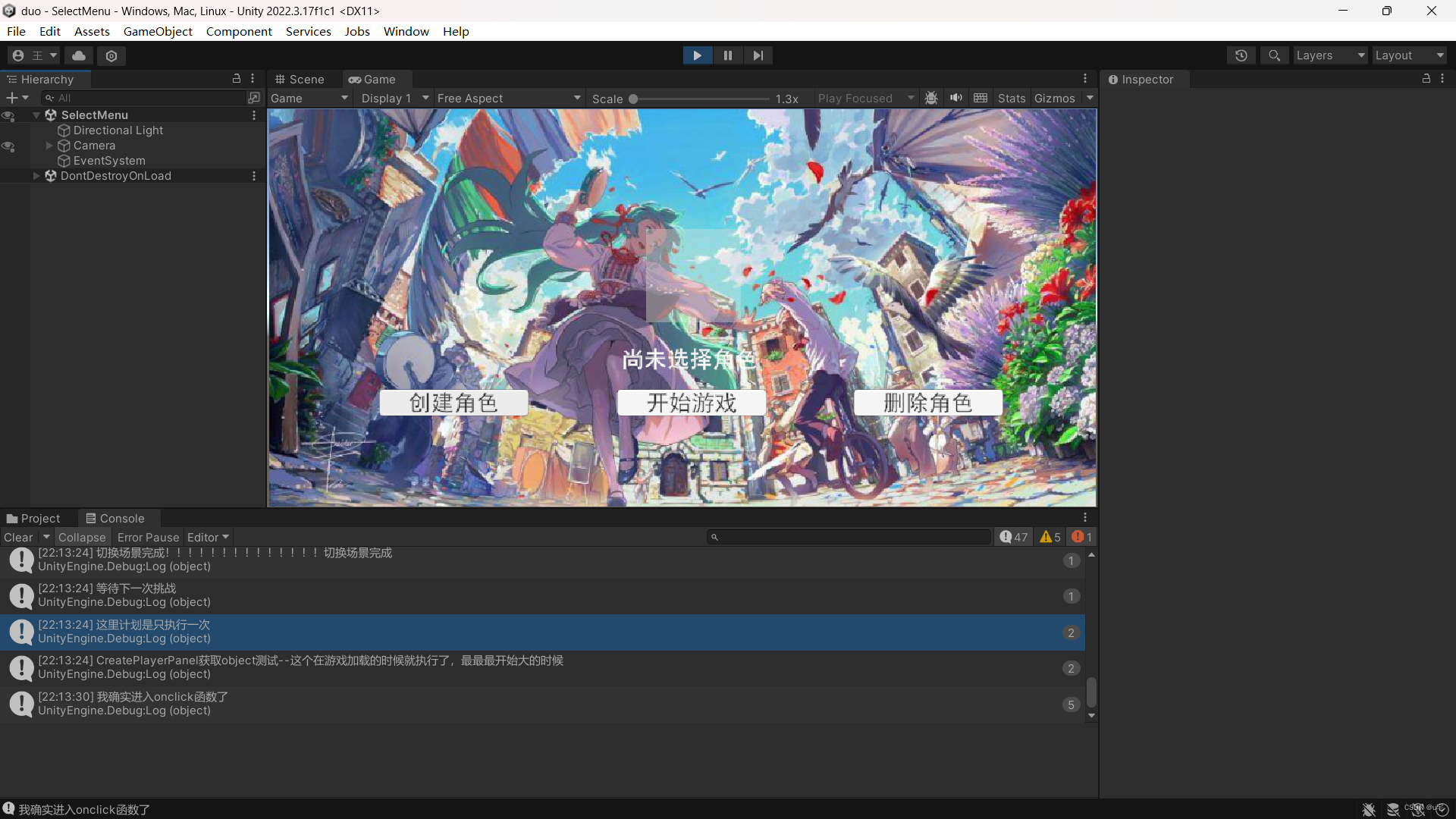
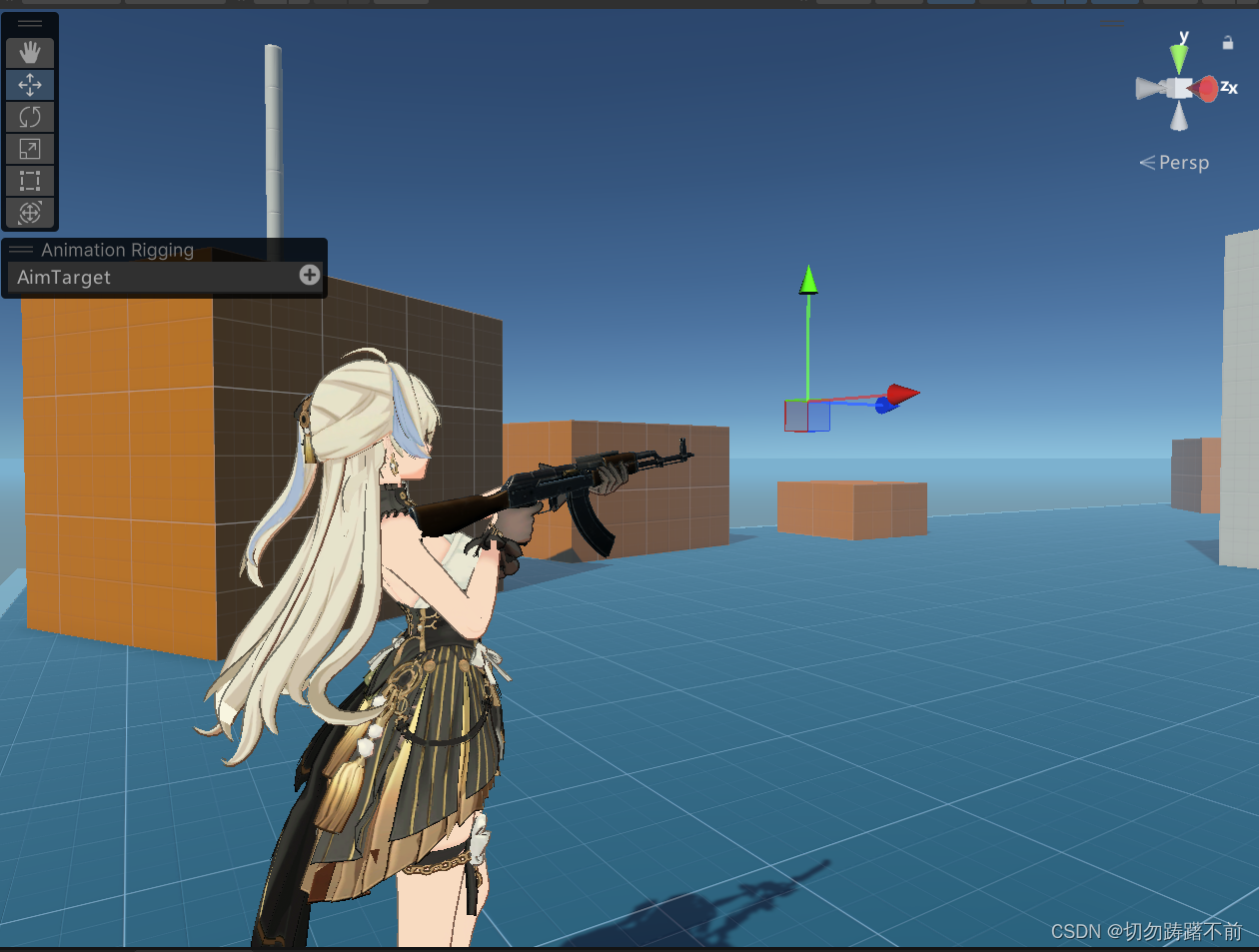

![[rust] 10 project, crate, mod, pub, use: 项目目录层级组织, 概念和实战](https://img-blog.csdnimg.cn/direct/6efe237d8eb641bda3e4fd1ea0fef2fc.png)
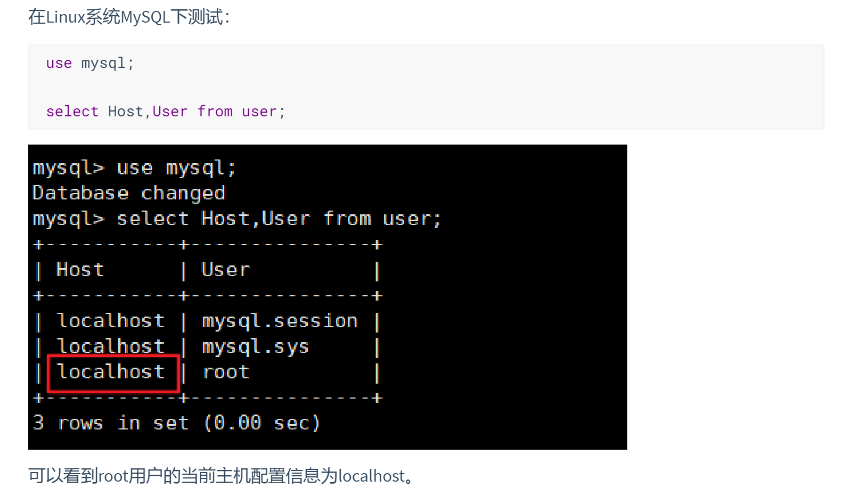



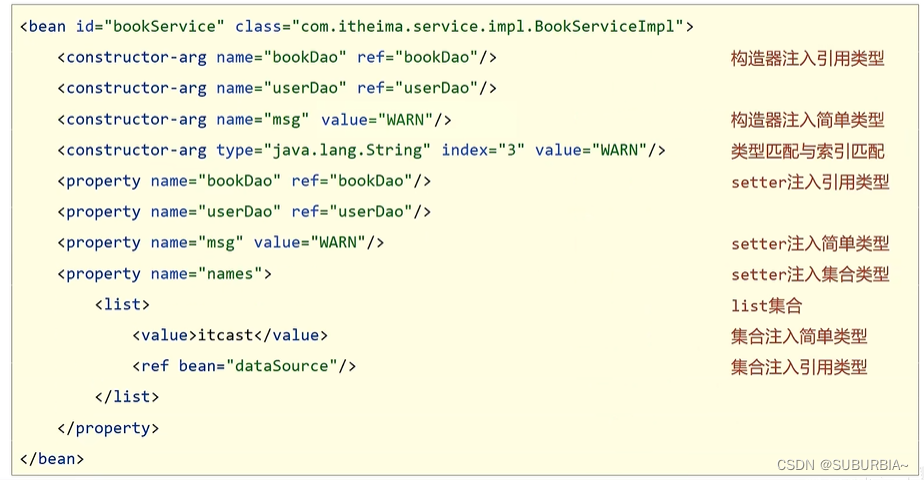

![Python算法题集_实现 Trie [前缀树]](https://img-blog.csdnimg.cn/direct/5a897d6e99aa4f639286febc56714d68.png#pic_left)
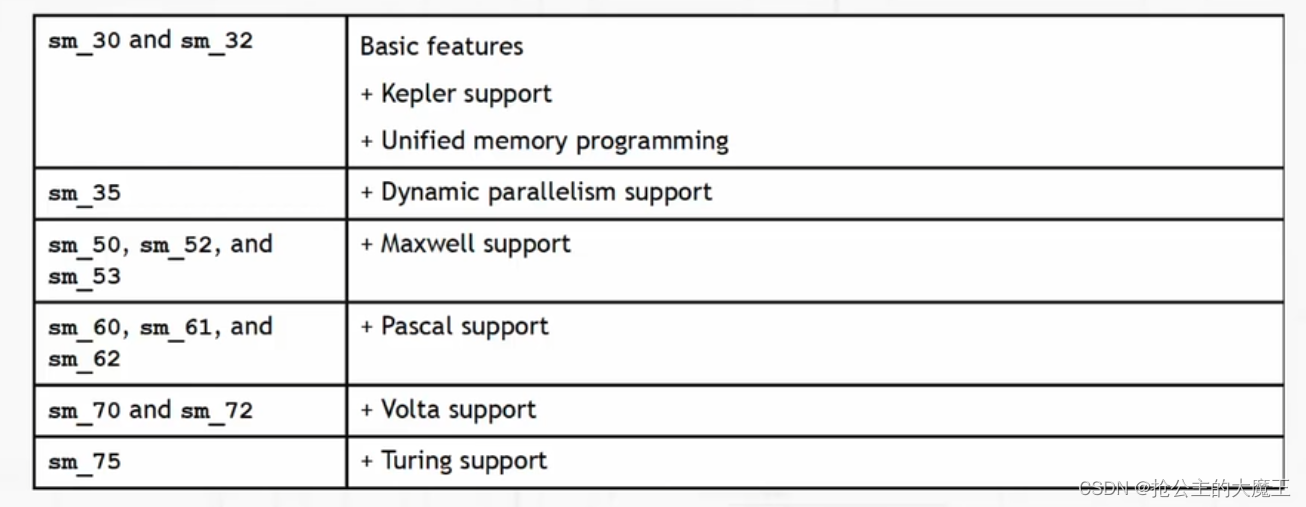
![[electron]官方示例解析](https://img-blog.csdnimg.cn/direct/fdd74d254f754b21964f63e454af6ebb.png)



